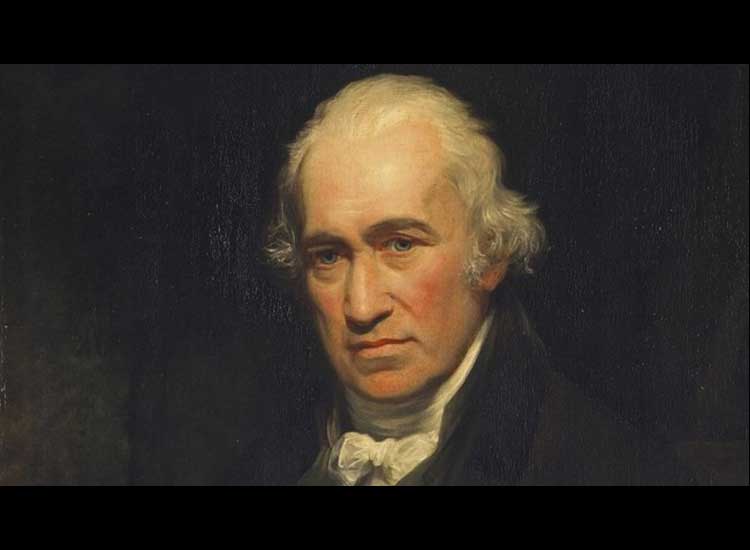Profile of the Clock Inventor, Revealing the History Behind the Time Device – Who is the inventor?jam? The concept of the clock developed through the use of ancient timekeeping methods and devices found in various cultures in the past. Before the invention of clocks, humans practiced mapping the positions of the sun and moon at specific times of the day and night.
With these observations, they realized that the positions of the sun and moon could be mapped at different points in time throughout the day. One of the first known timekeeping devices was the sundial, which was based on the principle of the changing shadow cast by the sun as it moved.
By tracking the movement of the sun, humans were able to determine time based on changes in the position of the shadow, which was then used as the basis for developing more sophisticated clocks.
Who Invented the Clock
Who would have thought that the inventor of the clock was actually a repairman and locksmith at a thriving antiques company in Nuremberg,German?
Quoted from the indiatoday.in page , Peter Henlein was a figure who was born in 1485 and grew up in Nuremberg, Germany. He grew up in a family that had a background in iron and brass crafts.
His father, Peter Henlein I, was a blacksmith who married Barbara Henlein, the daughter of an iron armorer. The Henlein family also had another son, Herman Henlein, who was known as an expert meat cutter in 1496.
Peter Henlein, a repairman and locksmith, became a key figure in the history of the invention of the first mechanical clock.
In his efforts to improve and manufacture mechanical devices, he developed a deep interest in creating more accurate and portable time devices.
Although his background was not that of a scientist or technologist, Henlein had enough knowledge and skills to understand the basics of mechanics and develop the first watch prototype.
With his talent and dedication, Henlein succeeded in creating the first pocket watch known as the “Nuremberg Egg” around 1510.
This pocket watch has a simple design and consists of gears, a spring and a timekeeping mechanism controlled by a key.
While far from perfect, Henlein’s creation marked an early milestone in the development of mechanical clocks that would change the way humans measured time forever.
Henlein’s work shows extraordinary creativity and innovation in technological development.
Although he did not have access to modern facilities or abundant resources, his dedication to his work allowed him to achieve extraordinary achievements in the history of science and technology.
Peter Henlein’s life and contributions not only influenced the world of technology, but also provided inspiration for the next generation to pursue their dreams, regardless of their background or the limitations they may face.
Henlein is living proof that with hard work, dedication, and imagination, one can achieve great things even from seemingly humble or insignificant positions.
History of the Invention of Clocks
In his youth, Peter Henlein served as an apprentice in a locksmith’s workshop. At that time, the profession of locksmith was one of the few fields of work that had the relevant skills and equipment to enter the new world of watchmaking.
A dramatic event occurred on September 7, 1504, when Henlein was involved in a battle with fellow locksmith Georg Glazer, resulting in Glazer’s death.
This incident made Henlein a defendant in the case, and he finally decided to seek asylum at the Nuremberg Franciscan Monastery to protect himself from legal consequences.
During his exile in the Monastery, Henlein had the opportunity to deepen his knowledge of the watchmaking industry. In Henlein’s time, many highly educated people, mathematicians, and astronomers entered the monastery to pursue their studies and research.
In this environment of intellectuals, Peter Henlein was able to access new knowledge about astronomy, mathematics, as well as watchmaking techniques and their history from the East to Europe during the Middle Ages and early Renaissance.
In 1505, Henlein created his first watch, the Watch 1505, a gold-plated pomander. Then, in 1509, he was appointed master in the locksmith’s guild in the city of Nuremberg.
This achievement earned Henlein a reputation as a maker of portable ornamental brass clocks, using rare and expensive spring-driven devices.
The first recognition of his invention of the portable watch came in 1511, when a contemporary humanist named Johannes Cochlaus cited Henlein as the first person in Germany to realize that watches could be worn on the body.
Henlein’s reputation as the inventor of watches became increasingly widespread after the appearance of the novel “Der Nurnberger Sophokles” by Karl Spindler in the 19th century. According to Alchetron, this novel was adapted intofilmin 1939, and Henlein’s image even appeared on a German postage stamp in 1942.
That is information about the inventor of the clock and its history. Hope it is useful! (KIKI)
Link Terkait :





